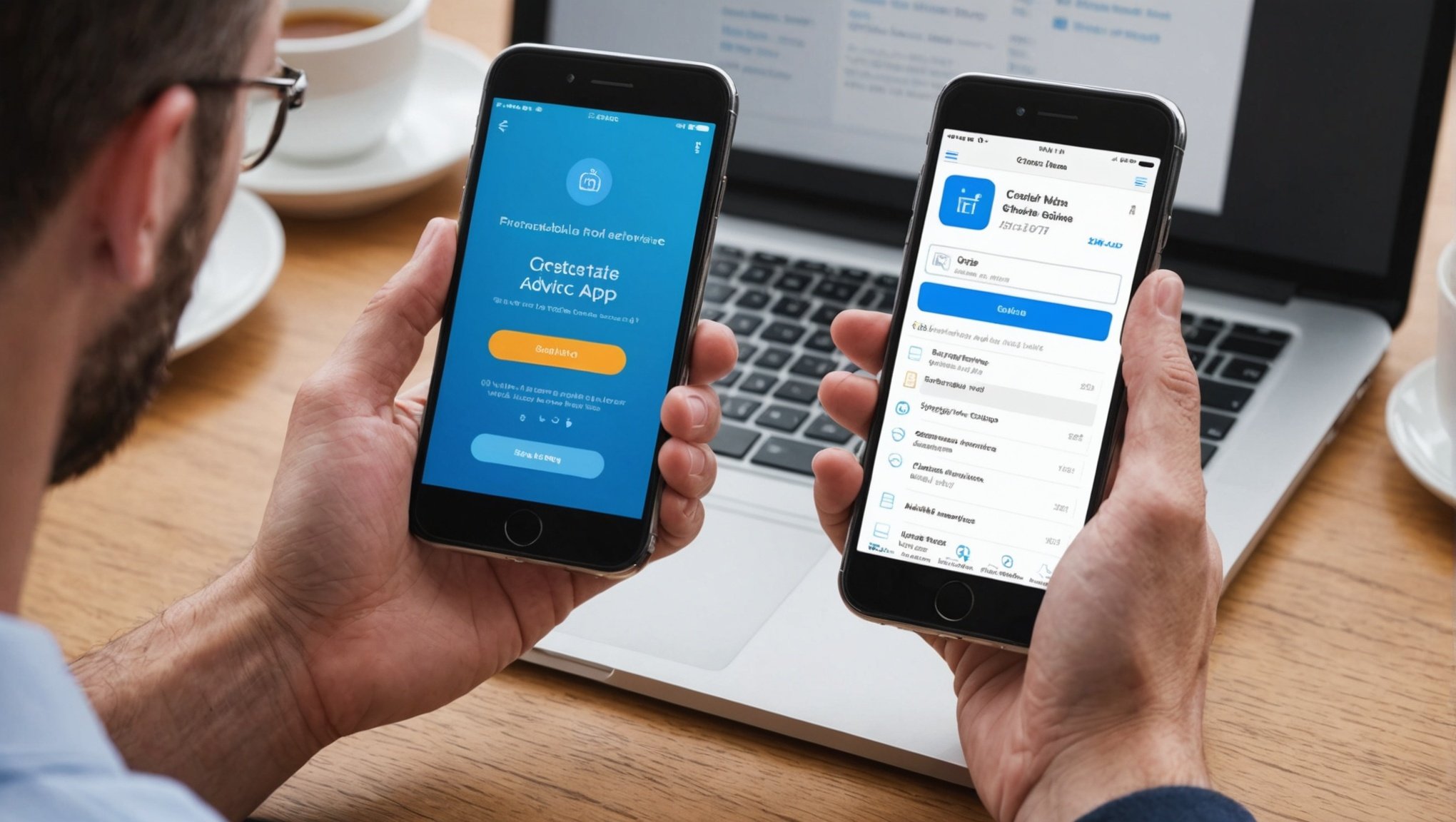As we venture deeper into the 21st century, using a mobile app to manage personal finances has become the norm. From budgeting and savings to banking and investing, these apps are making financial management more convenient and effective for users. If you are planning to develop a mobile app that offers personalized financial advice for the bustling UK market, you’ve come to the right place! We’re going to explore the best features, user experience strategies, and data management practices to consider when creating your financial app.
Understanding Your Users
Before you start the exciting journey of app development, it’s crucial to understand who your users are. You’re not just creating an app; you’re creating a tool that will help people manage their money and make smarter financial decisions. This means that you need to understand their needs, challenges, and desires when it comes to financial management.
In parallel : How to use machine learning for real-time fraud detection in UK’s online retail?
Start by researching your target audience’s demographic and psychographic profiles. Look at age, income, location, occupation, and education level. What are their attitudes towards money and financial matters? Are they tech-savvy or new to the world of apps? Do they prefer simplicity or a plethora of features?
Once you have a clear understanding of your users, you can tailor your app to meet their needs and expectations. Remember, the user experience is key to the success of your app.
In the same genre : What are the best practices for integrating AI in UK’s logistics to enhance delivery efficiency?
Providing Personalized Financial Advice
One of the most attractive features of financial apps is the ability to offer personalized advice. Users appreciate apps that can understand their financial situation and offer tailored advice to help them reach their goals.
To do this, your app should have the capability to analyze users’ financial data, including income, expenses, savings, investments, and debts. It should then use this data to generate advice. For example, if a user has high spending in a certain category, the app might suggest ways to cut back. If another user has extra income each month, the app might suggest investment opportunities.
Remember, it’s not just about offering advice, but also about making it easy for users to act on that advice. Including features such as automatic transfers to savings or investment accounts can make this possible.
Integrating with Bank and Investment Accounts
Your app should also provide real-time, accurate data from users’ banks and investment accounts. This feature is essential to provide the most accurate and up-to-date advice.
Your app will need to be integrated with various banking and investment platforms. This should be done in a secure manner that protects users’ financial data. Security must be a top priority when dealing with sensitive data like bank account details, investment portfolios, and personal information.
The app should also offer seamless transactions between accounts and have a detailed record of all transactions. This not only provides convenience for users but also ensures that their financial data is always current and accurate.
Budgeting and Savings Tools
Budgeting and savings tools are staples in any good financial app. These tools should be designed to help users manage their money effectively and save more.
Take into account that every user will have different budgeting needs. Some may want to track every penny, while others may just want to ensure they’re not overspending in certain areas. Offering customizable budgeting tools will cater to these different needs and increase the appeal of your app.
Savings tools, such as automatic savings options or savings challenges, can also make your app more engaging. These tools should be designed to motivate users to save more and reach their financial goals faster.
Data Management and Privacy
Last but not least, successful financial apps must have robust data management capabilities and adhere strictly to data privacy standards. Users must feel confident that their financial data is being handled securely and responsibly.
Your app should use advanced encryption technologies to protect sensitive data. It should also be transparent about how data is used and give users control over their information. Be clear about your privacy policies and always comply with regulations such as the General Data Protection Regulation (GDPR) in the UK.
In the world of app development, there is no one-size-fits-all solution. What works best is often a blend of proven strategies and unique features that cater to your specific target audience. By understanding your users, offering personalized advice, integrating with banking and investment accounts, providing robust budgeting and savings tools, and ensuring data management and privacy, you can develop an app that truly stands out in the crowded financial app market in the UK.
Navigating the Market Competition
Entering the financial app market in the UK is no small feat. The market is populated with well-established players such as Starling Bank, which regularly tops the list of the best banking apps according to Forbes Advisor. However, this should not discourage you. Uniqueness and innovation are the keys to making your app stand out among the rest.
Identifying the competition and understanding their strategies is a critical step in the app development process. Research not only the leaders in the field but also the smaller players who might be doing something innovative. Learn their strengths and weaknesses. What features are users praising? What complaints are recurring?
Don’t just copy what other apps are doing, but use this information to shape your strategy. Maybe there’s a common feature that’s missing in the current market, or maybe there’s a way to improve an existing feature. For example, if existing budgeting apps lack real-time updates, you can make your app stand out by ensuring that it provides financial data in real time.
In the fierce competition, it’s not just about who has the most features, but who provides the best user experience. Your ultimate goal is to create an app that provides such a seamless, intuitive, and engaging experience that users prefer it over others.
Leveraging Technology for Personalized Advice
When it comes to providing personalized financial advice, technology is your best ally. With the power of Artificial Intelligence (AI) and Machine Learning (ML), your app can go beyond static budgeting tools and offer dynamic, real-time advice that adapts to each user’s financial behavior.
AI can be used to analyze spending patterns, income fluctuations, and other financial data to provide advice that is truly personalized. For instance, if the user frequently spends on credit cards, the app could provide advice on how to manage credit card debts more effectively.
ML, on the other hand, allows your app to learn from users’ behaviors and improve its advice over time. For example, if a user consistently ignores advice on cutting back on dining out, the app can learn this preference and adjust its future advice accordingly.
However, as the app becomes smarter with AI and ML, it’s critical to maintain a human touch. The app should communicate its advice in a way that feels personal and empathetic, not robotic. This balance between high-tech and high-touch is key to delivering personalized financial advice that truly resonates with users.
Developing a mobile app that offers personalized financial advice for UK residents is a complex yet rewarding task. It requires a deep understanding of your users, the competitive landscape, and the potential of technology.
By putting the user experience at the heart of your app development, you can create an app that not only helps users manage their finances but also empowers them to reach their financial goals. From integrating with bank accounts and offering robust budgeting tools to leveraging AI for personalized advice, every feature of your app should be designed with the user in mind.
Remember, the road to a successful app is not a solitary one. Collaborate with your editorial team, seek feedback from potential users, and stay open to new ideas and innovations. Your app is not just a tool, but a companion in your users’ financial journey. With careful planning, diligent execution, and continuous improvement, your app can revolutionize the way UK residents manage their personal finances and become a beacon in the crowded mobile banking app market.











